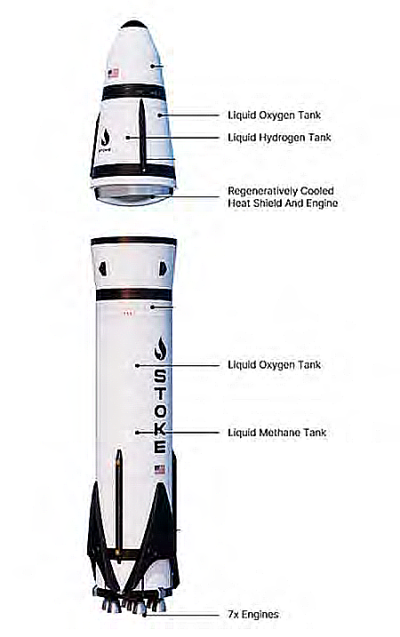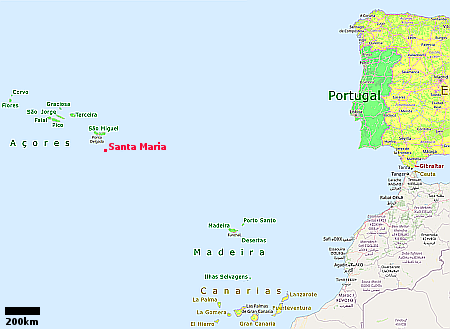The continuing stalemate in the Ukraine War
In the past few months the situation in the war between Russia and the Ukraine has had some significant battlefield events that suggested the situation is becoming unstable. First, Russia began an offensive campaign along the northern border of the Ukraine near the Ukrainian city of Kharkiv, pushing back into the same territory it had abandoned during its major retreat and defeats in the fall of 2022.
This offensive, combined with the gains Russia has made in the past few months in eastern Ukraine, suggested that it had completely recovered from those 2022 defeats, and was now moving forward in its effort to conquer the Ukraine in its entirety. At least, that’s how it seemed from a cursory outsider’s view.
Then, last month, the Ukraine launched its own offensive across the border into Russia’s Kursk region, the first time any Russian territory had been invaded since Russia’s unprovoked invasion of the Ukraine in February 2022. That same cursory view suggested that the situation was becoming unstable, and that Russia now faced a serious problem of its own.
To me, the only way to find out how serious these changes are since my last Ukraine War update six months ago, in February 2024, is to do another, and to compare the territorial changes on a map, as I have done every time previously.
Not surprisingly, a look at the map brings clarity to the situation.
» Read more











